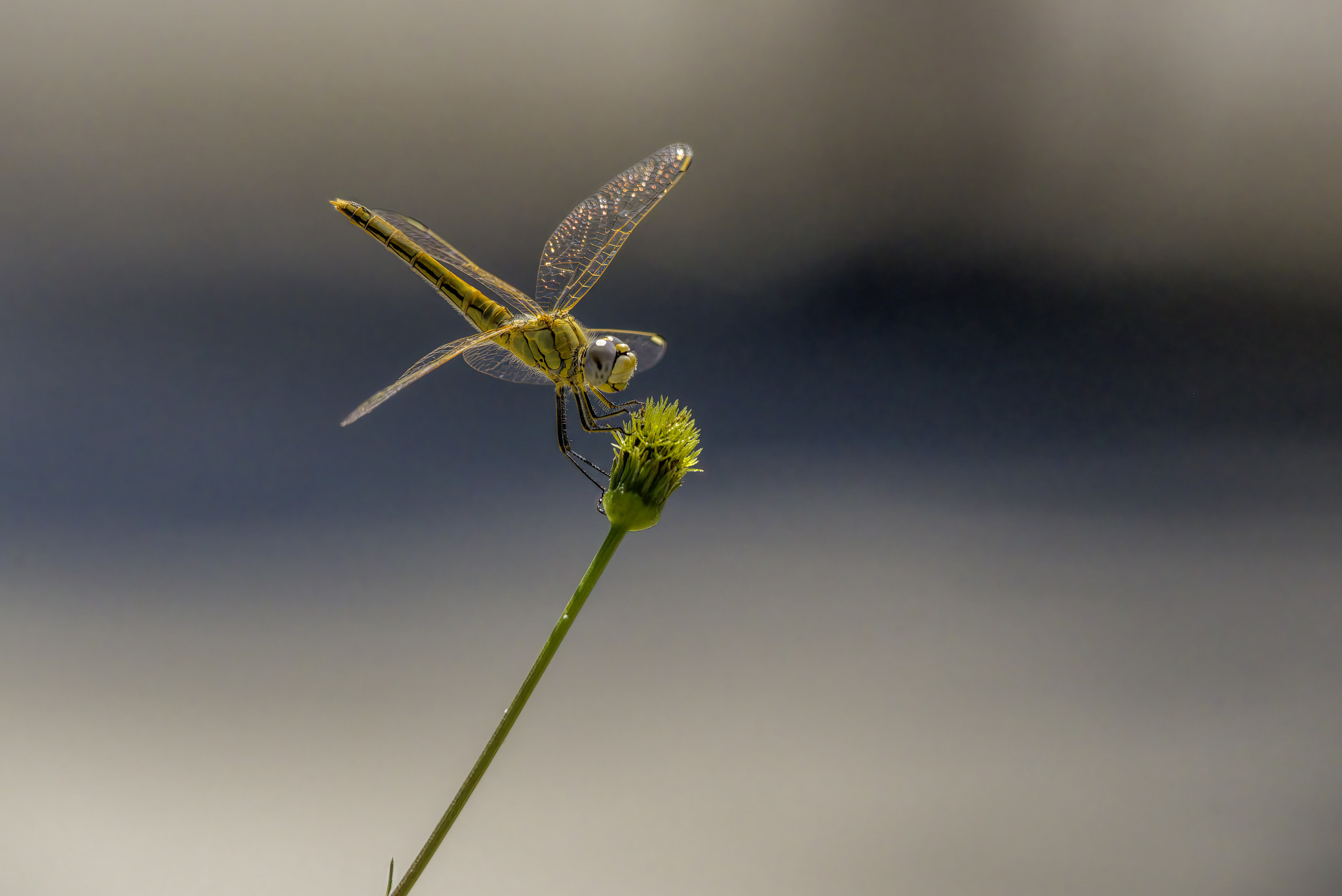The Red-veined Darter (Sympetrum fonscolombii) is a species of dragonfly in the family Libellulidae. Known for its striking red veins and adaptability, this dragonfly is found across a wide range, from Europe to North Africa and parts of Asia.
Description
- Appearance:
- Males: Mature males are easily identifiable by their bright red abdomen and red veins on the wings. They also have red faces and eyes.
- Females and Immature Males: These are typically yellowish-brown with less pronounced red markings. As males mature, they gradually turn red.
- Wings: Both sexes have distinctive red pterostigmas (the colored cell near the wing tip) and yellow bases to their hindwings.
- Size: The body length ranges from 34 to 40 millimeters, with a wingspan of approximately 55 to 70 millimeters.
Habitat
- Distribution: The Red-veined Darter is widespread across southern and central Europe, North Africa, the Middle East, and as far east as India. It is also known to migrate, sometimes appearing in northern Europe.
- Preferred Environment: This species favors a variety of still and slow-moving freshwater habitats, including ponds, lakes, marshes, and ditches. It can also be found in temporary water bodies and brackish environments.
Behavior and Ecology
- Diet:
- Adults: The Red-veined Darter feeds on small flying insects, such as mosquitoes, flies, and other small invertebrates.
- Larvae: The aquatic larvae are predatory, feeding on various small aquatic organisms, including mosquito larvae, tadpoles, and other small invertebrates.
- Reproduction:
- Mating: Mating occurs near water, with males often seen patrolling territories and engaging in aerial displays to attract females.
- Egg Laying: After mating, females lay their eggs in water, typically in floating vegetation or shallow water areas. They dip their abdomen into the water while hovering above it to release the eggs.
- Life Cycle: The larvae develop in water, undergoing multiple molts before emerging as adults. The life cycle can be completed in a few months, allowing multiple generations per year in warmer climates.
Conservation
- Status: The Red-veined Darter is currently not considered threatened and is generally common within its range. Its adaptability to various habitats helps maintain stable populations.
- Conservation Efforts: Protecting wetland habitats and reducing pollution are important for maintaining healthy populations. Conservation efforts focus on preserving and restoring aquatic ecosystems.
Observing Red-veined Darters
- Best Times: They are most active from late spring through autumn, with peak activity in the summer months.
- Watching Tips: Look for them near water bodies, where males often perch conspicuously on vegetation or rocks. Their bright red coloration and active flight make them relatively easy to spot.
Interesting Facts
- Migration: The Red-veined Darter is known for its migratory behavior, with individuals sometimes traveling long distances to colonize new habitats.
- Color Change: The striking red coloration in males develops as they mature, while females and immature males retain a more subdued yellowish-brown color.
- Adaptability: This species is highly adaptable and can thrive in a range of water bodies, including temporary pools and brackish environments, showcasing its ecological versatility.
Summary
The Red-veined Darter (Sympetrum fonscolombii) is a vibrant and adaptable dragonfly species known for its distinctive red veins and widespread distribution. Playing a vital role in controlling insect populations and contributing to the health of aquatic ecosystems, this dragonfly is a fascinating subject for observation and study. Its presence in diverse habitats highlights the importance of conserving wetland environments to support a rich biodiversity.s long-term survival.
Views: 504
Subscribe to the newsletter:
